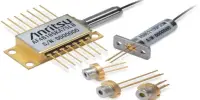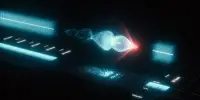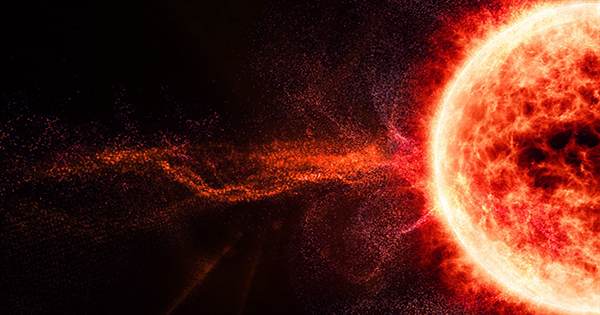The most intricate interactions of basic particles need highly strong accelerators, which must be enormous in order to deliver such energy. However, with a far more compact table-top design, it is occasionally feasible to fool Mother Nature into giving some new fundamental truths. A team lead by physicists at Boston College has found a new quantum excitation known as the axial Higgs mode, as published in Nature. This mysterious new particle is a magnetic cousin of the mass-defining Higgs Boson particle discovered in 2012 at CERN.
The breakthrough was made feasible by RTe3, or rare-earth tritelluride, a well-studied quantum material that can be evaluated in a “tabletop” experiment at ambient temperature. This material is unique in that the electrons shared among the compounds self-organize into a periodic density in space, resulting in a charge density wave. And this charge density wave is extremely unusual since it originates at high temperatures (rather than absolute zero, as in most studies) and is controlled by both the charge density and atomic orbits. And the Higgs Boson is involved in both of them. The scientists used lasers to change the charge density wave and observe the Higgs and associated components’ responses.
Professor Kenneth Burch of Boston College said in a statement, “As a result, we were able to uncover the hidden magnetic component and establish the finding of the first axial Higgs mode.” It was able to test multiple hypotheses using the right lasers, and they did it in a way that allowed them to examine the collective characteristics of Higgs Bosons in this material and explore for possible excited modes. And the one that appears to have been identified is a Higgs Boson with angular momentum, which the “normal” Higgs Boson lacks.
“In high-energy particle physics, the observation of the axial Higgs was anticipated to explain dark matter,” Burch added. “However, no one has ever noticed it.” Its emergence in a condensed matter system was unexpected, and it announces the discovery of a hitherto unknown broken symmetry condition. Unlike the severe circumstances usually necessary to discover new particles, this was done at room temperature in a tabletop experiment where we simply changed the polarization of light to establish quantum control of the mode. This research shows that charge density waves might be used as quantum sensors for evaluating other quantum systems. However, a complete knowledge of the Higgs and its potential excitation modes might aid in the solution to key concerns in particle physics, such as dark matter and the standard model’s constraints.
















